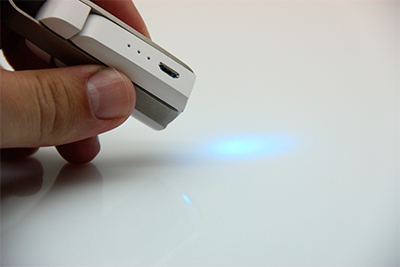Discussion of NIR news Article on Consumer NIR Instruments

Submitted by ianm on 14 July 2014 - 11:57am
The following was part of the News section in NIR news 25/5 (2014). This thread is for discussion of this news item.
Miniature NIR spectrometers: the next steps
In the last few years, smaller and smaller NIR spectrometers have become available. Instruments like the JDSU micro NIR (see article on page 11) have been a step change. JDSU are very active in telecommunications and their experience with fabrication of micro components has enabled the development of the linear variable filter at the heart of the instrument. Another company from outside the analytical instrument industry, Texas Instruments, introduced a sensor chip and associated electronics at Pittcon this year [see NIR news 25(3), 24]. TI’s chip is being used to reduce the size of instruments even further. It is being used in a NIR spectrometer aimed at the consumer market being developed by TellSpec (http://tellspec.com). Another company with similar aims is Consumer Physics, who are developing SCiO (http://www.consumerphysics.com/myscio/).
 |
 |
| The Tellspec | The SCiO |
Both of these products are intended to be used by consumers to analyse their food, plants and medicines, with prices (for the SCiO) around US$250.
Both companies will use the “cloud” to process spectral measurements from their devices via a smartphone link, which will also display the results. SCiO are opening up their instruments to developers who can use an API to develop their own calibrations. Specifications are hard to come by, but the Tellspec has a spectral range of 900–1700 nm.
Both instruments are not available to buy yet, and both seem to have their shipping dates slipping. That is probably not all that surprising given the complexities they must be faced with. It will be very interesting to see how they work in practice when finally released, and, indeed, how they are taken up by the general public. How reliable their calibrations are and how quality control of contributed data is monitored are yet to be seen. Since these are probably the first truly mass market NIR instruments, their success or failure may well reflect on the technique as a whole.
Have your say here!